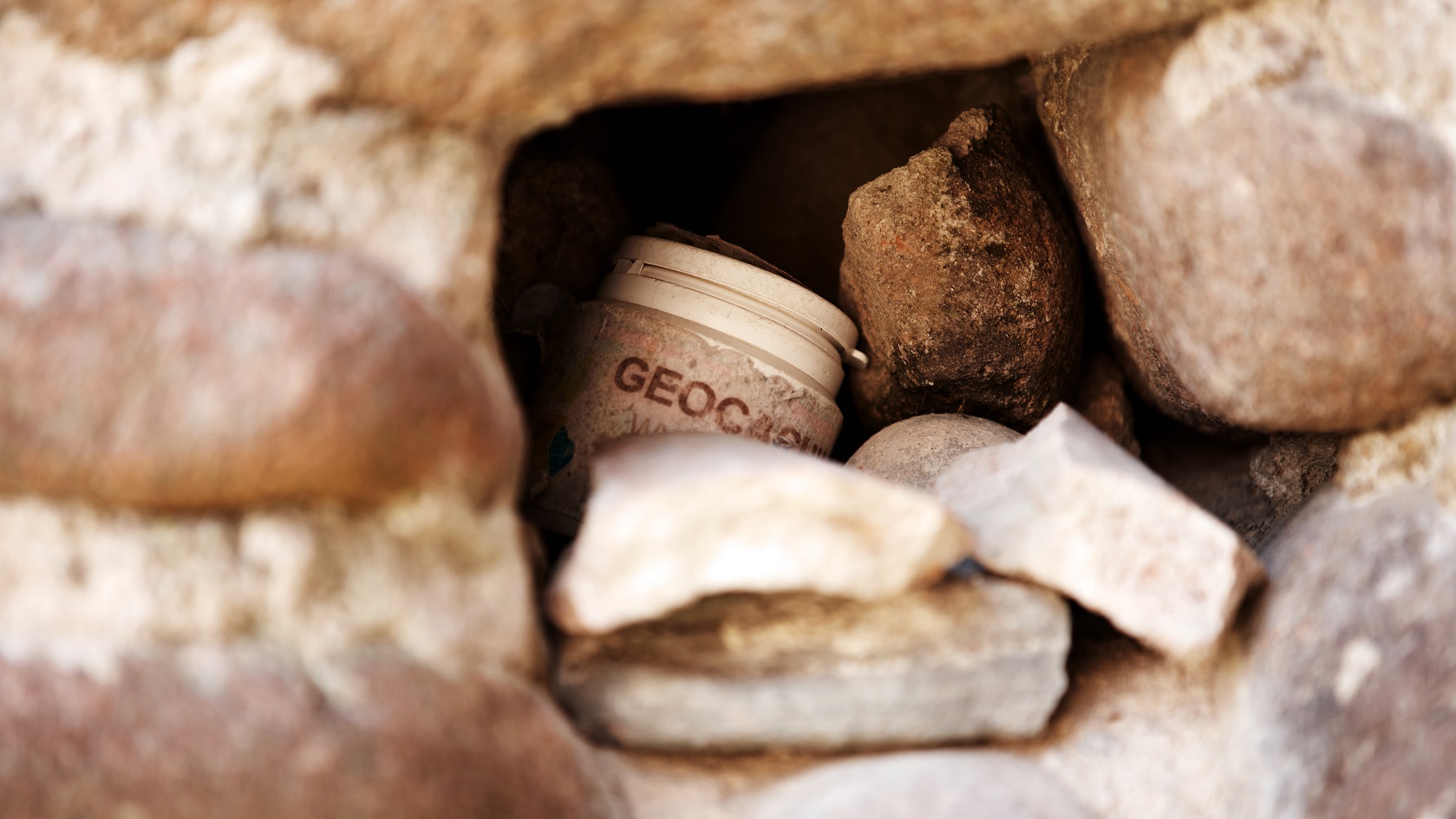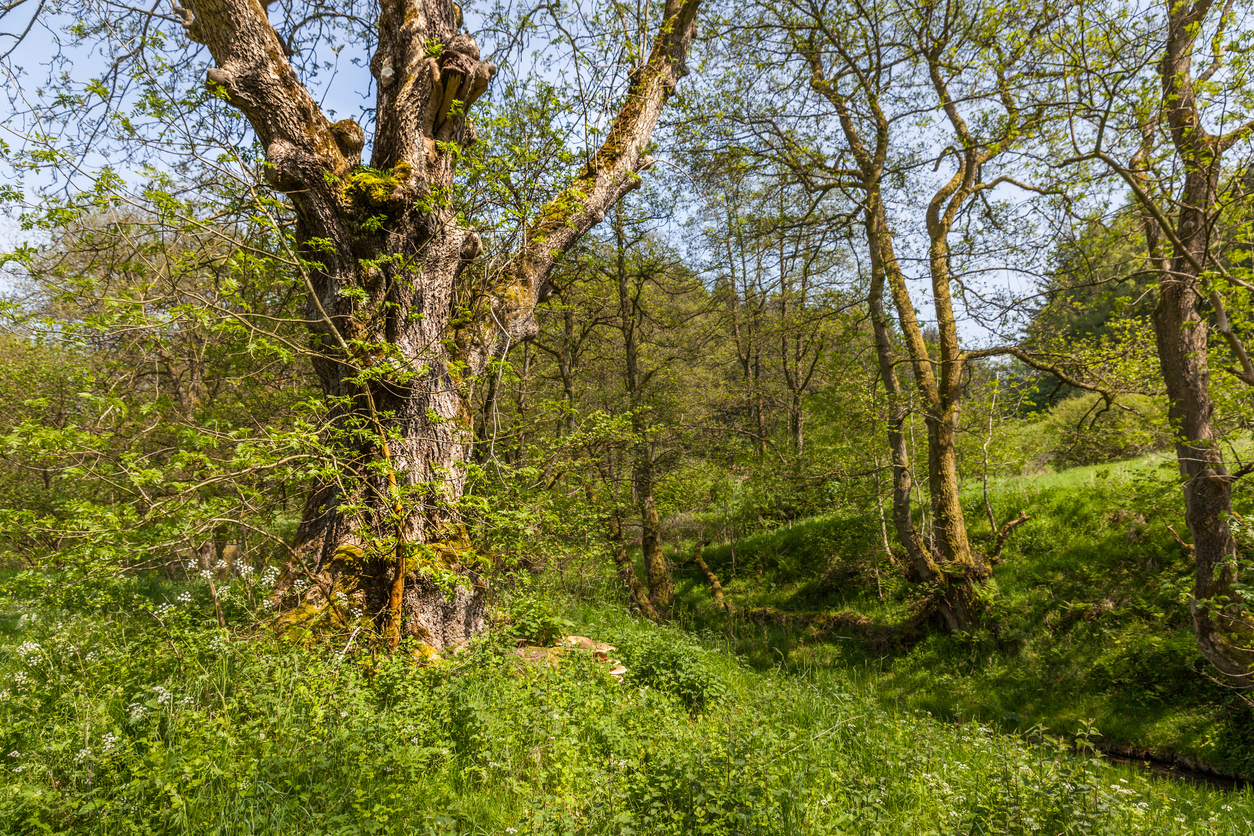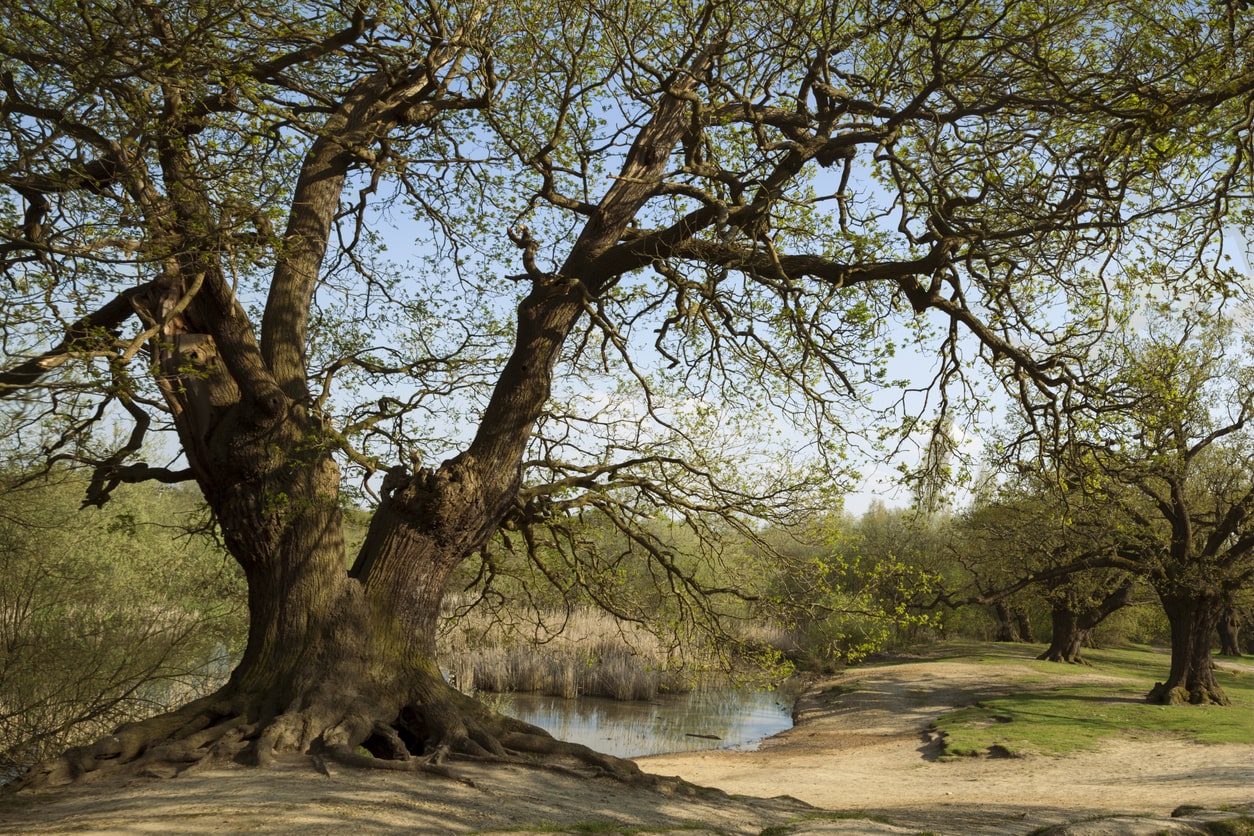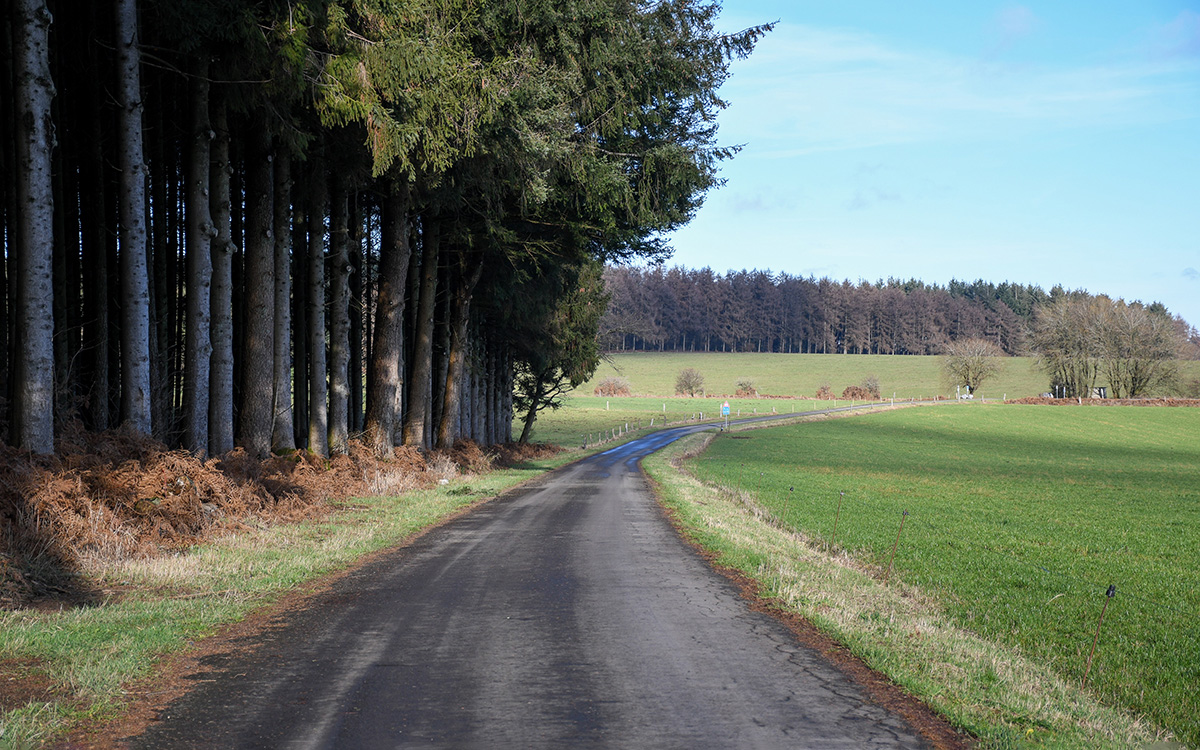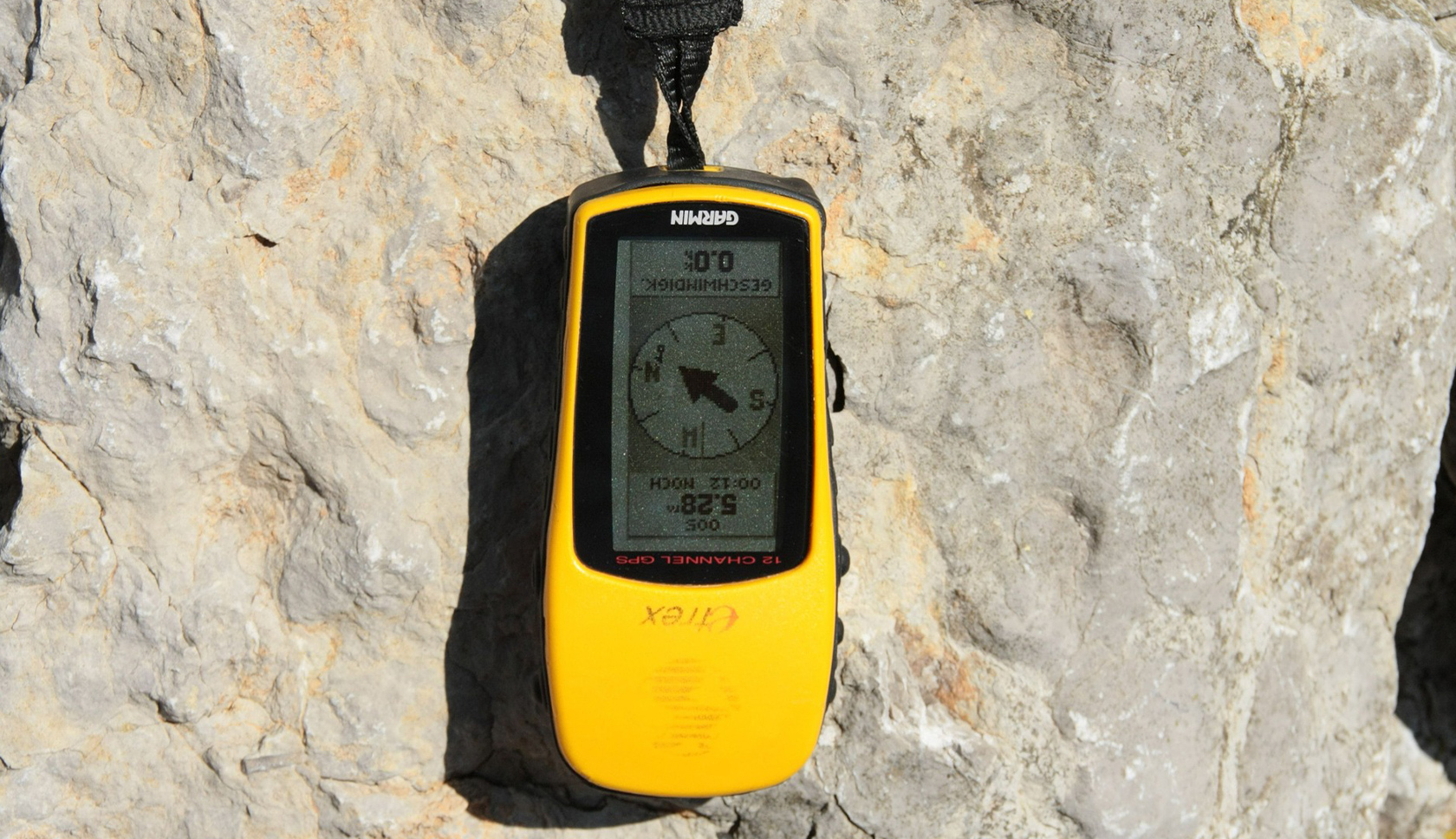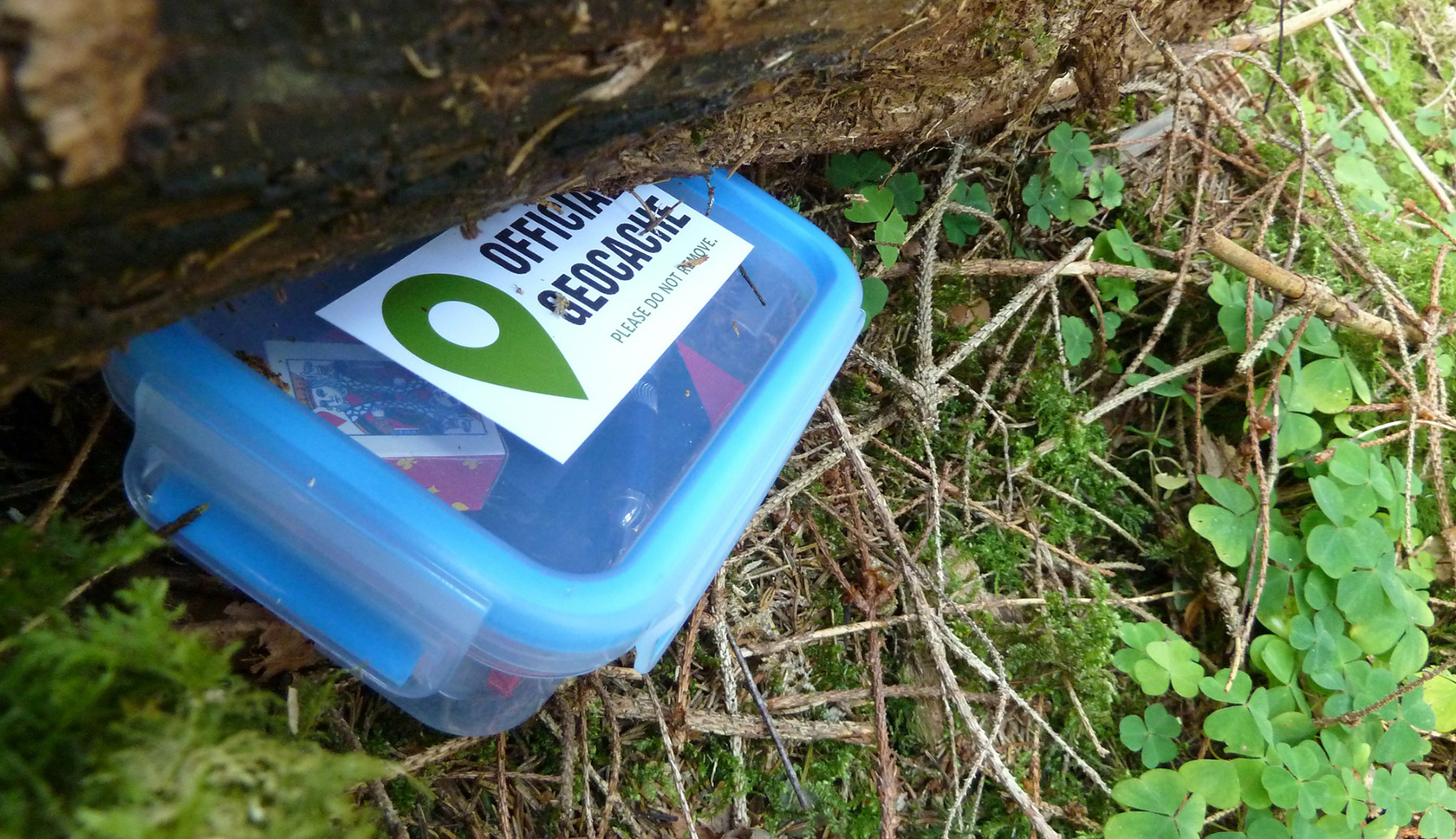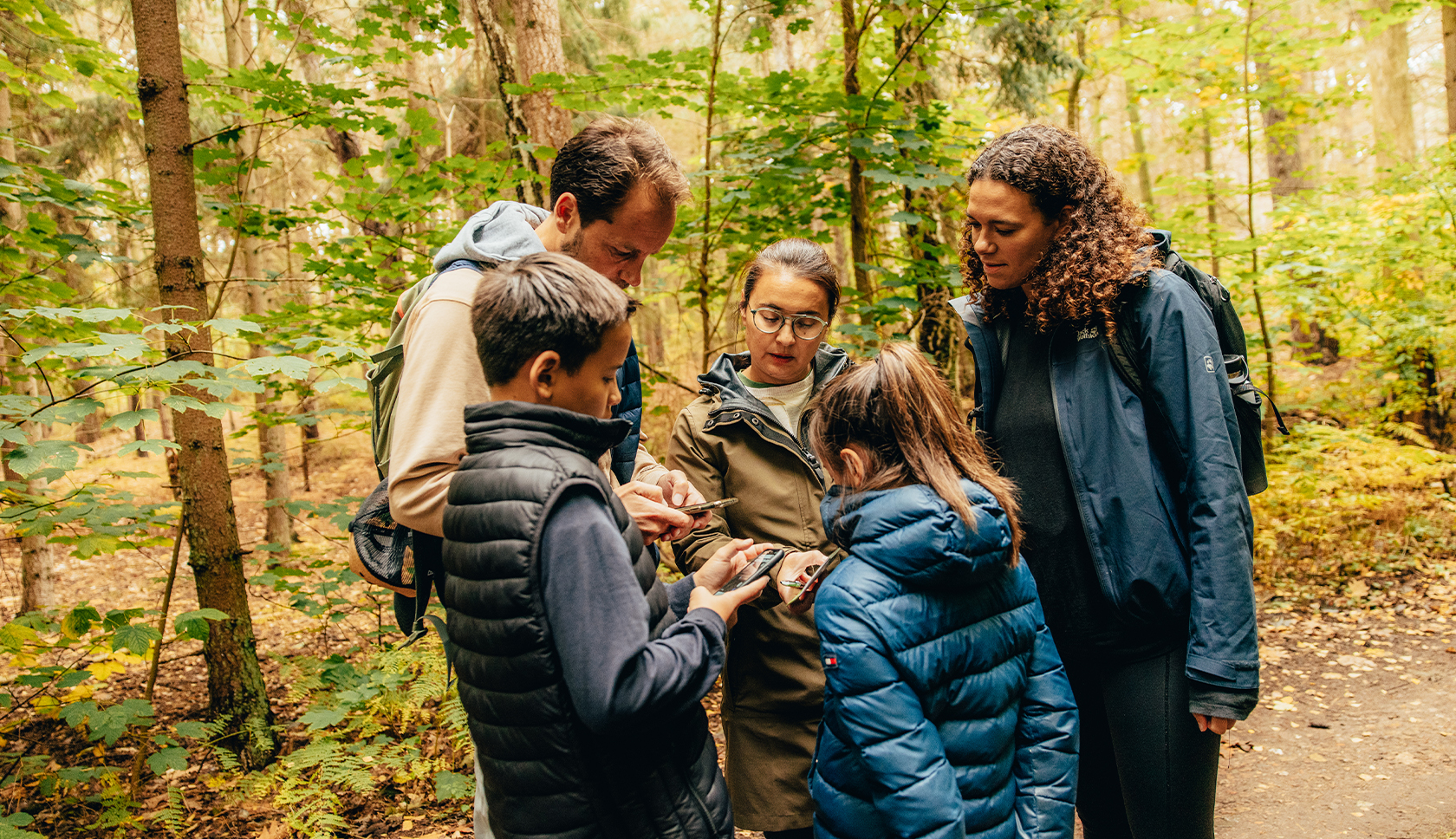Geocaching: Everything You Need To Know
If you love the idea of a treasure hunt but want to take it outdoors with a modern twist, geocaching might just be your new favourite hobby. It’s a brilliant way to explore new places, get some fresh air, and enjoy a bit of adventure - all while using your smartphone or GPS device to track down hidden containers, called geocaches.
This guide will walk you through everything you need to know to get started - from choosing your first cache and the gear you’ll need, to tips for creating your own geocaches and joining the global community. Plus, we’ll cover some handy tech know-how and answer the most common questions people have about geocaching. So, if you’re ready to add a little adventure to your outdoor time, let’s dive in!
What Is Geocaching?
Geocaching is a global outdoor activity where participants use GPS devices or smartphones to hide and seek containers, called “geocaches” or “caches,” at specific locations marked by coordinates all over the world. These caches can be found in urban parks, forests, mountains, and even underwater, making it an accessible and exciting hobby for people of all ages and abilities.
How Does Geocaching Work?
The Basics
- Find a Cache → Use a geocaching app or website to search for nearby caches.
- Navigate → Enter the cache’s coordinates into your GPS device or smartphone.
- Search → Follow the device to the cache’s general location (known as “Ground Zero” or GZ).
- Sign and Swap → Sign the logbook, trade SWAG (Stuff We All Get), and re-hide the cache for others to find.
- Log Online → Record your find and share your experience with the community.
The History of Geocaching
Geocaching began in May 2000, shortly after the US government improved public GPS accuracy. The first cache was placed in Oregon, USA, and the hobby quickly spread worldwide. Today, millions of caches are hidden across every continent, with a vibrant online community sharing stories, tips, and new challenges.
Why Is Geocaching So Popular?
- Adventure: Every cache is a mini adventure, often leading you to beautiful or unusual places.
- Technology: It combines outdoor activity with modern tech, appealing to a wide range of interests.
- Community: Geocachers share a global community spirit, often collaborating on events and challenges.
- Accessibility: There are caches for every skill and fitness level, from urban micro-caches to extreme wilderness finds.
Types of Geocaches
- Traditional Cache →The original and simplest form-a single container at the listed coordinates.
- Multi-Cache → Involves two or more locations. Each stage provides clues or coordinates to the next, culminating in the final cache.
- Mystery or Puzzle Cache → Requires solving a puzzle to reveal the final coordinates. These can range from simple riddles to complex ciphers.
- Letterbox Hybrid → Combines geocaching with letterboxing, using clues and sometimes a rubber stamp.
- EarthCache → Focuses on geological features, with no physical container. Finders answer questions about the location to log a find.
- Event Cache → A gathering of geocachers, often featuring group hunts or workshops.
Essential Geocaching Gear
GPS Devices vs. Smartphones
- Smartphones: Convenient, with built-in GPS and geocaching apps. Best for urban or casual caching.
- GPS Devices: More accurate, rugged, and reliable in remote areas. Popular models include Garmin GPSMAP and eTrex series
Tools of the Trade (TOTT)
- Pen/pencil (BYOP)
- Torch/headlamp (for night caches)
- Tweezers (for extracting tiny logs)
- Mirror (for inspecting tricky spots)
- UV flashlight (for special caches)
- Swag/trade items
- Spare batteries or power bank
- CITO kit (gloves, rubbish bags)
Clothing and Footwear
- Waterproof jackets (e.g., Rab, Arc’teryx)
- Breathable base layers
- Hiking boots or trail running shoes (e.g., Salomon, Merrell)
- Weather-appropriate accessories (hat, gloves, sun protection)
Geocache Difficulty and Terrain Ratings (D/T)
Every cache is rated for difficulty (mental challenge) and terrain (physical effort) on a scale from 1 to 5, in half-point increments.
| Difficulty | Description |
|---|---|
| 1.0 | Very easy, in plain sight |
| 2.0 | Easy for experienced cachers |
| 3.0 | Somewhat challenging |
| 4.0 | Difficult, may require special knowledge |
| 5.0 | Extremely challenging, requires expertise |
| Terrain | Description |
|---|---|
| 1.0 | Wheelchair accessible, flat and paved |
| 2.0 | Short hike, little elevation |
| 3.0 | Longer hike, uneven terrain |
| 4.0 | Strenuous hike, steep or rough terrain |
| 5.0 | Requires special equipment (boat, climbing gear, etc.) |
Types of Geocaching Adventures
- Urban Geocaching → Caches hidden in cities, parks, and public spaces. Often small (“micro” or “nano”) and cleverly camouflaged.
- Rural and Wilderness Geocaching → Larger caches are hidden in forests, mountains, or the countryside. Offers scenic hikes and wildlife encounters.
- Extreme Geocaching → T5 (Terrain 5) caches that require special equipment-kayaks, climbing gear, or scuba diving.
- Themed and Series Caches → Some caches are part of a series or themed trail, such as “Geoart” (caches forming a shape on the map).
Advanced Geocaching Techniques
- Multi-Caches → Involve multiple stages, each providing clues or coordinates to the next. Good note-taking and patience are key.
- Puzzle (Mystery) Caches → Require solving puzzles-riddles, codes, cyphers, or logic problems to reveal the final coordinates.
- Night Caching → Caches designed to be found after dark, often using reflective markers or UV clues. Always bring a torch and let someone know your plans.
- Trackables and Travel Bugs → Trackables are items with unique codes that move from cache to cache, often with a mission (e.g., “visit every continent”). Log their movements online and help them achieve their goals.
- Geocaching Challenges → Community-created challenges, such as finding a cache every day for a year (Project 366), or completing the full D/T grid (Project 81).
How GPS Works in Geocaching
GPS (Global Positioning System) is the backbone of geocaching. It uses a network of satellites to provide accurate location data anywhere on Earth.
How GPS Finds a Cache
- The cache owner lists the coordinates (latitude and longitude) online.
- Geocachers enter these coordinates into their device.
- The GPS receiver calculates its position based on satellite signals and guides the user to the cache’s location.
- Accuracy can vary due to terrain, weather, and satellite positions, but modern devices are usually accurate to within a few metres.
Geocaching and Technology
Apps and Websites
- Geocaching® App: Official app with maps, hints, and logging features.
- Other Apps: c:geo (Android), Cachly (iOS), GSAK (Geocaching Swiss Army Knife) for advanced planning4.
- Websites: geocaching.com, opencaching, geocaching Australia.
GPS Devices
- Handheld GPS units offer greater accuracy and battery life for remote adventures
Geocaching Blogs and Resources
- The Geocaching Blog: Official updates, tips, and stories.
- PodCacher: Podcast and community news.
- UK Geocaching Blog: Local stories and advice.
- Geocaching Puzzle of the Day: Puzzle-solving practice.
- Smashingcaching: UK-based adventures and tips.
Geocaching Terminology and Acronyms
Understanding geocaching lingo is crucial for beginners. Here are some of the most common terms and acronyms.
| Term/Acronym | Meaning |
|---|---|
| Cache | The hidden container you’re searching for |
| CO | Cache Owner |
| D/T | Difficulty/Terrain rating |
| FTF | First to Find |
| GZ | Ground Zero (where your GPS points to the cache) |
| SWAG | Stuff We All Get (trade items) |
| TFTC | Thanks For The Cache |
| TNLNSL | Took Nothing, Left Nothing, Signed Log |
| TB | Travel Bug (trackable item) |
| TOTT | Tools Of The Trade |
| CITO | Cache In, Trash Out (environmental initiative) |
| Muggle | Non-geocacher (borrowed from Harry Potter) |
| BYOP | Bring Your Own Pen |
FAQs
Basic access is free via the Geocaching® app; premium memberships unlock advanced features.
Smartphones with GPS capabilities are sufficient for most caches.
- Double-check the coordinates and hints.
- Read recent logs for clues.
- If you still can’t find it, log a DNF (Did Not Find) to help the CO maintain the cache.
A trackable is an item with a unique code that moves from cache to cache, often with a specific goal or mission.
Related articles

Let us know you agree to cookies
We use marketing, analytical and functional cookies as well as similar technologies to give you the best experience. Third parties, including social media platforms, often place tracking cookies on our site to show you personalised adverts outside of our website.
We store your cookie preferences for two years and you can edit your preferences via ‘manage cookies’ or through the cookie policy at the bottom of every page. For more information, please see our cookie policy.



